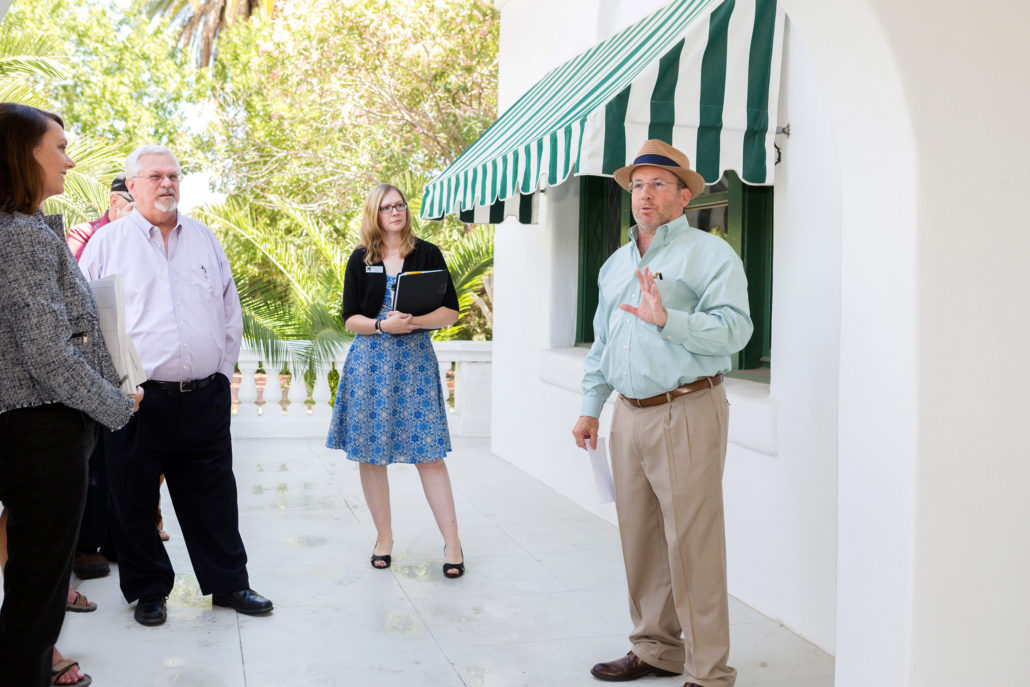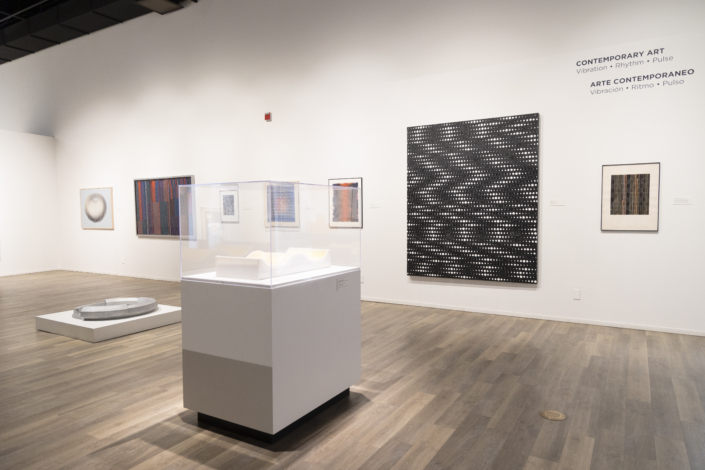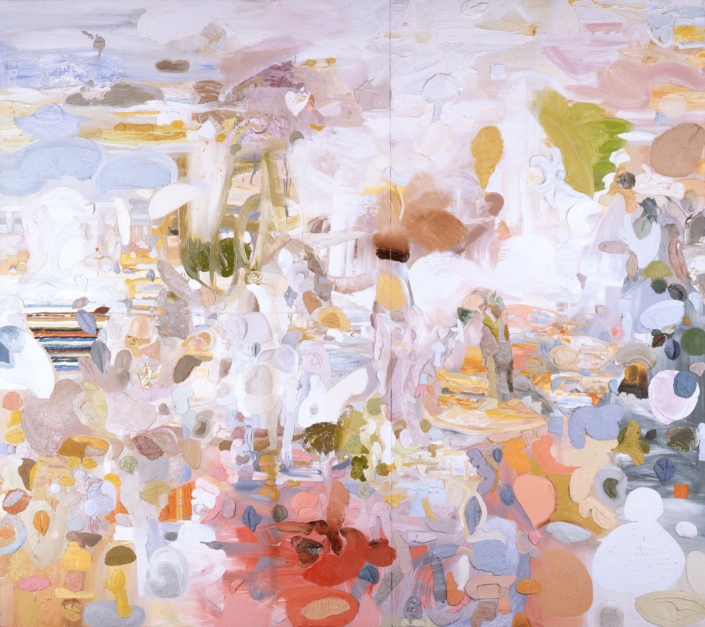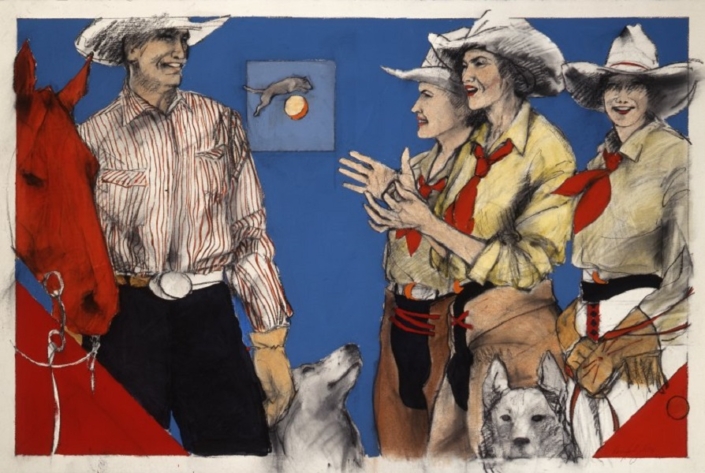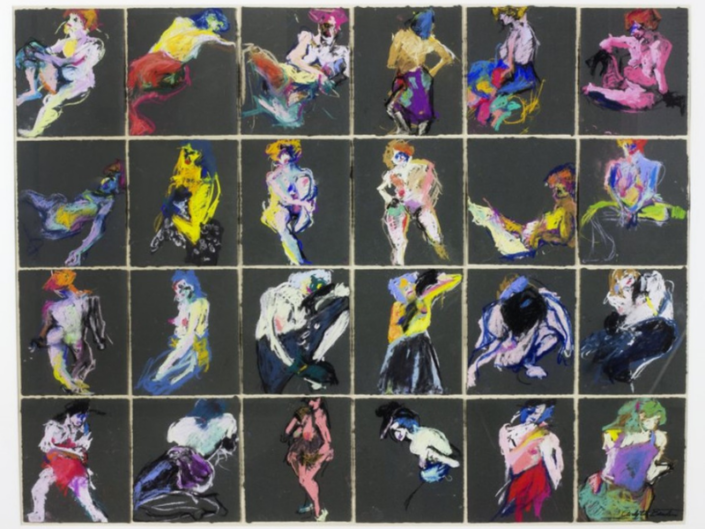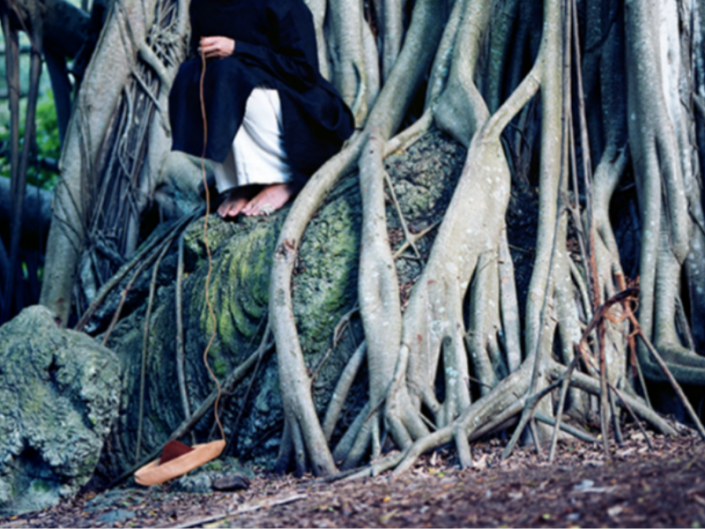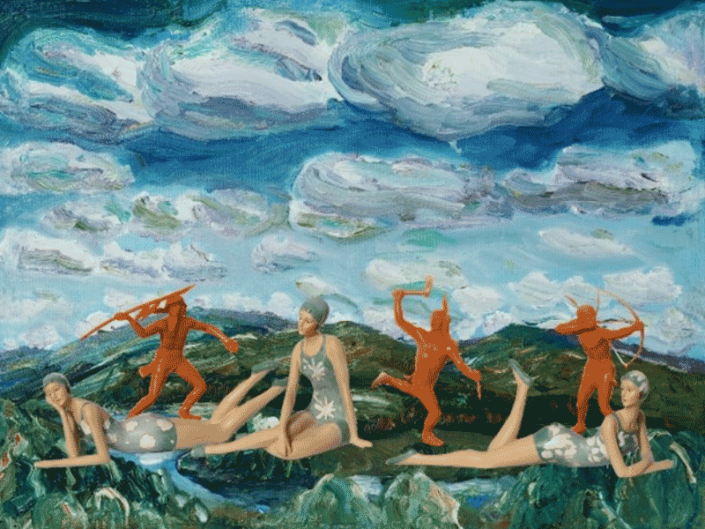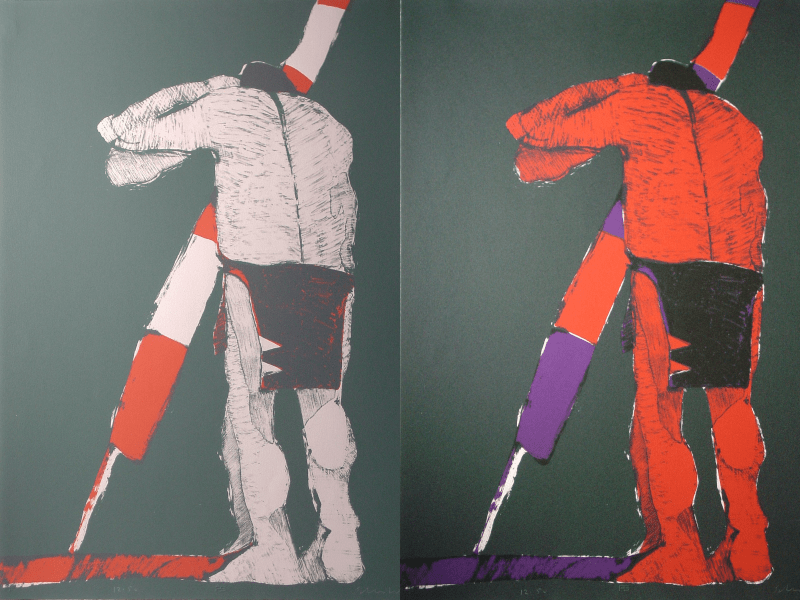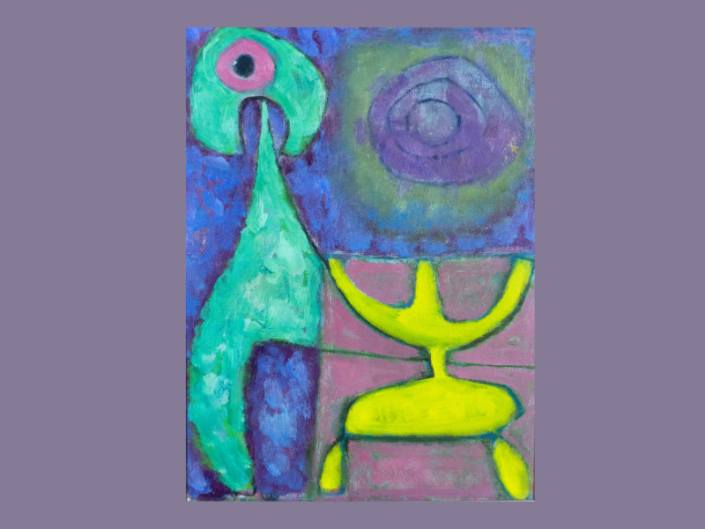Mission
The Tucson Museum of Art and Historic Block connects art to life through meaningful and engaging experiences that inspire discovery, spark creativity, and promote cultural understanding.
Vision
The vision of the Tucson Museum of Art and Historic Block is to be a nationally and internationally recognized thought leader and distinctive destination where one can experience the art, culture, history, and heritage of the Southwest and beyond.
Core Values
Our core values represent the lens through which all decisions and activities are viewed and considered. The Tucson Museum of Art and Historic Block (TMA) is committed to the following core values.
Adaptability Responding to a changing world by thoughtfully adjusting to new realities in audience expectations, economic conditions, and evolving professional standards in the field.
Creativity Approaching our work at TMA with imagination. Learning from our visitors and audiences, exploring innovative ideas and approaches, facilitating creative expression, and inspiring new scholarship.
Inclusion, Diversity, Equity, and Access Embracing diverse perspectives and ensuring that a culture of inclusion, diversity, and equity is represented in the museum’s collection, exhibitions, interpretation, and educational programs thereby serving the widest audience possible.
Integrity Holding ourselves accountable to our mission and values. Pursuing excellence and industry best practices as an AAM accredited museum and respected community partner.
Stewardship Preserving our collection and the historically significant buildings on our campus for future generations. Nurturing our relationships with audiences, donors, staff, and volunteers. Always working to achieve and maintain our long-term financial sustainability.
Land Acknowledgment
As an institution built upon the original territories of the O’odham, the Tucson Museum of Art and Historic Block acknowledges the Indigenous Sonoran Desert communities, past and present, who have stewarded this region throughout generations.
History
On March 20, 1924, the art committee of the Tucson’s Woman’s Club established the Tucson Fine Arts Association, and plans were soon underway for a lecture series, exhibitions featuring artists from Robert Henri to Maynard Dixon, and creative activities geared toward University and High School students.
As the Arts Association continued to grow and evolve, a relocation to the former Kingan House on Franklin Street in the El Presidio Historic District took place in 1955. This new location provided the space for larger art classes and the beginnings of a permanent collection. In 1962, the name was changed to the Tucson Art Center.
In 1970, a generous gift inspired the community’s commitment to construct and endow a dedicated museum building. The groundbreaking began in 1973 and on May 3, 1975 the ribbon-cutting ceremony took place. The following day, the organization opened its new doors at its present location as The Tucson Museum of Art and Historic Block, and became the caretaker of five additional properties now on the National Register of Historic Places: La Casa Cordova, Romero House, Edward Nye Fish House, Stevens/Duffield House and the J. Knox Corbett House.
The need for more space continued and between 2021 and 2022 the Kasser Family Wing of Latin American Art was completed, adding an additional 6,000 sq. ft. of gallery space and gracious entry hall, as well as the Alice Chaiten Baker Center for Arts Education, which provides four art studios, lecture halls, research library, collection storage area, and staff offices.
Today the Tucson Museum of Art and Historic Block, accredited by the American Alliance of Museums, encompasses an entire city block in historic downtown and houses a growing collection of nearly 12,000 works of art spanning over 3,000 years of history. Rotating and permanent collection exhibitions feature original and traveling shows focusing on Art of Latin America, Art of the American West, Indigenous Arts, and Modern and Contemporary, with related docent-led tours, educational activities, community engagement programs, and a Museum Store to delight and educate visitors. The Tucson Museum of Art serves the city and surrounding regions and is committed to broadening public access and connecting art to life.

